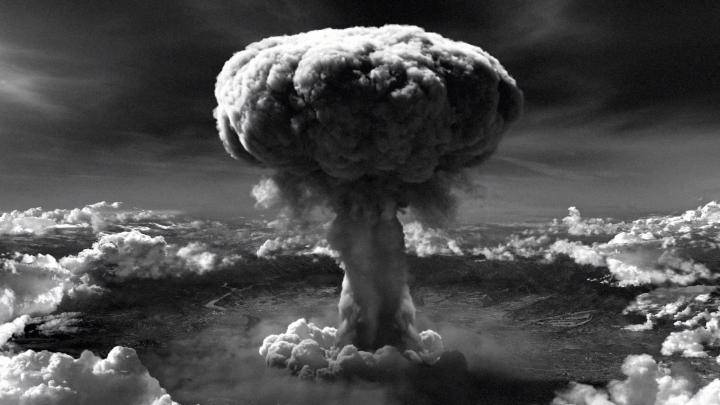Be it from natural disasters, human atrocities, or the results of conflicts and wars between nations, there are literally hundreds of stories that line the pages of our history books. No doubt there will be more to come but we are going to focus on some important ones from each century.
10. Pol Pot
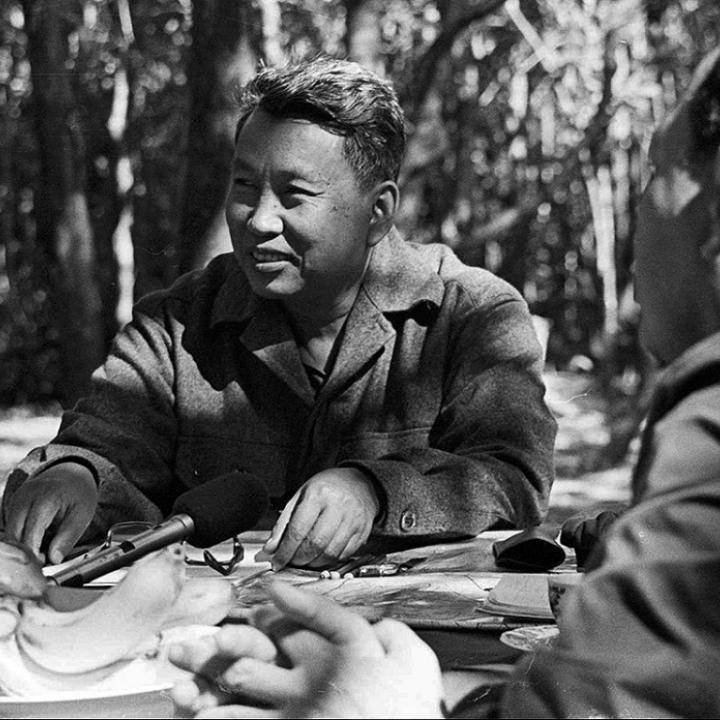
Pol Pot is a Cambodian that served as the Leader and General Secretary of the Communist Party of Kampuchea also known as Khmer Rouge from 1963 to 1981. From 1975 to 1979, what was known as the Cambodian genocide was carried out by this regime under the orders of Pol Pot.
It is estimated that between 1.5 to 3 million Cambodian people lost their lives during this time. Others were left at public sites known as The Cambodian Killing Fields. An analysis of 20,000 mass grave sites by the DC-Cam Mapping Program and Yale University indicate at least 1,386,734 victims were executed and abandoned in these areas.
9. Irish Potato Famine (The Great Famine)
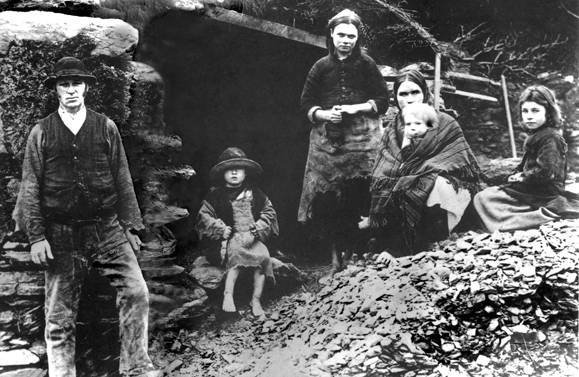
The people of Ireland suffered The Great Famine that lasted for four years between 1845 to 1849. It was a time of mass starvation, depression, disease, and emigration in the country.
The famine was caused by potato blight, a disease that ravaged potato crops throughout Europe during the 1840s. The impact was even worsened by the actions and inactions of the irish government. Altogether about a million Ireland citizens and inhabitants are reliably estimated to have died of starvation and epidemic disease during the four-year famine.
The Irish famine killed nearly one-eighth of the entire population and so was proportionally much more destructive than the vast majority of famines in modern times.
8. Nanking Massacre

1937 was the year when the Imperial Japanese Army brutally murdered hundreds of thousands of people, including both soldiers and civilians, in the Chinese city of Nanking. During the time of the massacra, time, Nanking was the capital of Nationalist China and it took decades for the city and its citizens to recover from the savage attacks.
The death toll in the Nanking Massacre is estimated to be from 200,000 to 300,000 people. And it is also known as the Nanking Massacre or the Rape of Nanking because between 20,000 and 80,000 women were sexually assaulted.
After the end of the war, General Matsui and his lieutenant Tani Hisao, were convicted for war crimes by the International Military Tribunal for the Far East and subsequently executed.
7.Bombings of Hiroshima and Nagasaki
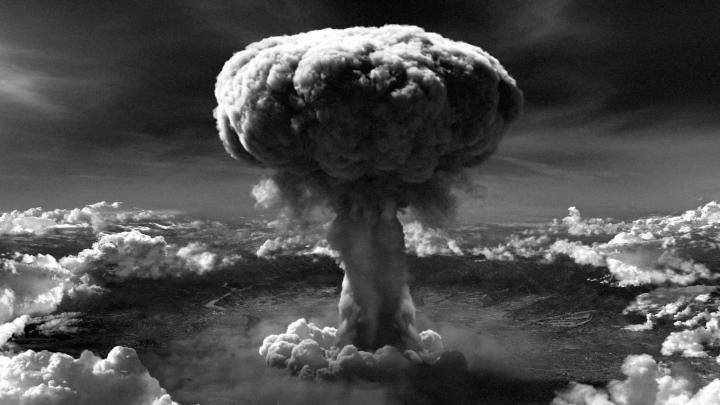
World War Two lasted for 6 years from 1939 to 1945 with an estimated 15 million military deaths, 45 million civilian deaths, and 25 million wounded, its known as the deadliest war in human history. What ended that war will go down as causing some of the darkest days in history. On August 6, 1945, the world’s first atomic bomb over the Japanese city of Hiroshima by an American B-29 bomber.
The huge explosion wiped out 90% of the city and killing an estimated 90,000 to 146,000 people. Tens of thousands more later died of radiation exposure and making the place unfit for cultivation till this day. Three days later, a second atomic bomb was dropped on Nagasaki, killing an estimated 40,000 – 80,000 people.
6. Asian Tsunami of 2004
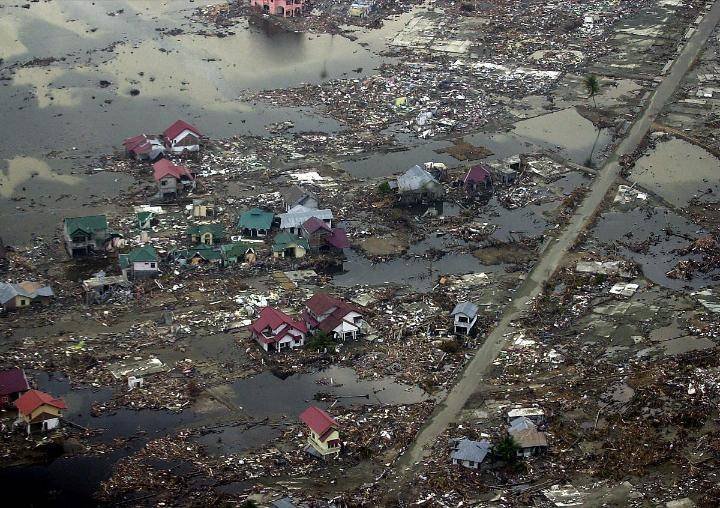
Anyone who was around in 2004 will remember the tragic news on Boxing Day (December 26) when one of the biggest tsunamis ever was created from an earthquake deep in the Indian Ocean.
The earthquake sent a tidal wave that caused catastrophic damage in 14 countries, including India, Indonesia, Malaysia, the Maldives, Myanmar, Somalia, Sri Lanka, Thailand, Bangladesh, South Africa, Madagascar, Kenya, Tanzania and the Seychelles.
According to British news paper The Telegraph, 230,000 people lost their lives, and 1.7 million people were left homeless after the 2004 Boxing Day tsunami.
5. The Rwandan Genocide
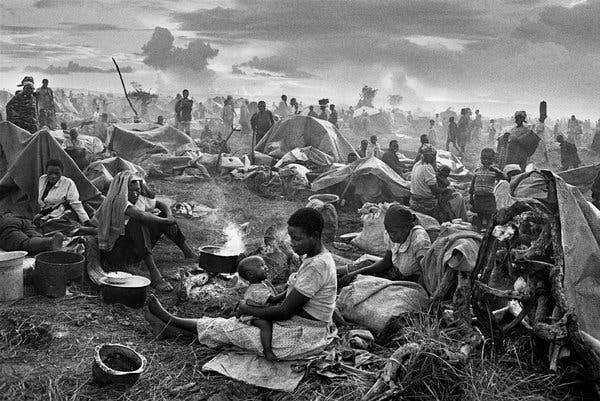
1994 marked the year of The Rwandan Genocide, a mass slaughter that took place over a 100-day period from April 7 to mid-July 1994. Members of the Hutu ethnic majority in the east central African nation of Rwanda murdered as many as 800,000 people, mostly of the Tutsi minority, so it was also known as the genocide against the Tutsi.
The first victims of the genocide were the Hutu Prime Minister Agathe Uwilingiyimana and her 10 Belgian bodyguards which led to the retaliation from the Hutus and thus genocide.
This created a political vacuum that an interim government of extremist Hutu Power leaders from the military high command. This led to more than 2 million people fleeing Rwanda and crowding into refugee camps in the Congo and other neighboring countries.
4. The Black Death
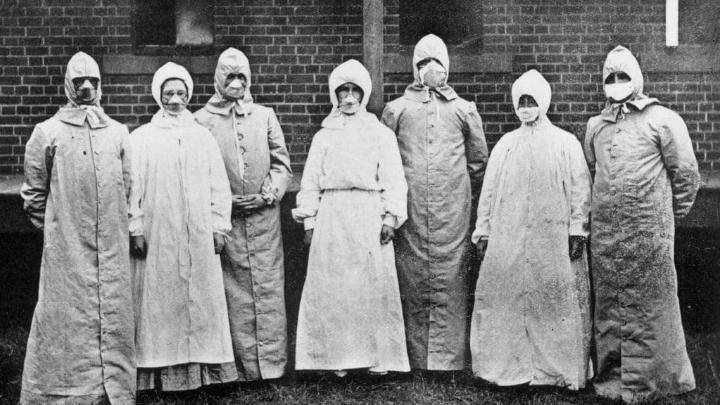
The Black Death was a plague that hit and spread across Europe from 1346 to 1353. Looking back at the Black Death, its without doubt some of the bleakest days in the world’s history.
The frightening name most likely came from a mistranslation of the Latin word atra meaning both “terrible” and “black.” The black death had varying symptoms ranging from infection of the lungs, leading to breathing difficulties, boils erupting under the armpits and swollen lymph nodes in the groin area that left people dead within two days.
Up to 60% of Europe’s total population was wiped out. In total, it is discovered that the plague may have reduced the world population from an estimated 450 million down to 350 to 375 million in the 14th century as It took 200 years for the world population to recover to its previous level.
3. Biafran Hunger
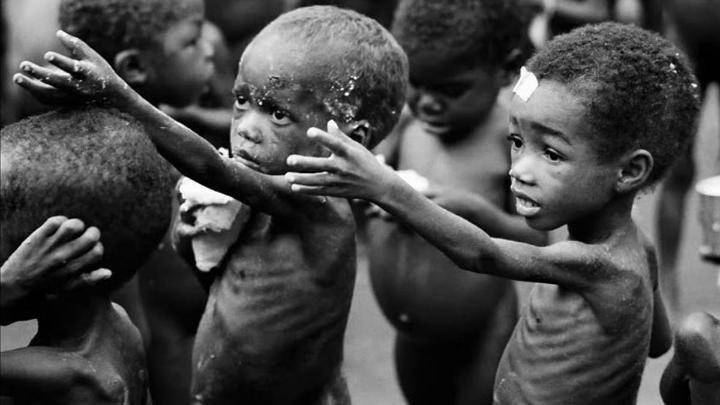
In 1966, after series of military coups resulting in the execution of Nigeria’s political leaders and the rise of a new government ruled by the northern military leader, Supreme Commander Yakubu Gowon. Thousands of northern fighters targeted Igbo army officers and roving mobs killed tens of thousands of Igbo civilians. Those Igbo who had survived the massacra fled to back to their former homes and villages in the southeast, carrying tales of governmental violence and betrayal with them.
READ ALSO: 6 Fruits That can Deal With Irregular Periods
In response to the massacres, Colonel Odumegwu Ojukwu established an independent Republic of Biafra for the Igbo people on May 30th, 1967 seceding from Nigeria. War began on the 6th of June with Nigeria and it lasted three bloody years, sparking a massive humanitarian crisis as 2 millions Biafrans starved to death or perished from preventable diseases.
2. The Vietnam War
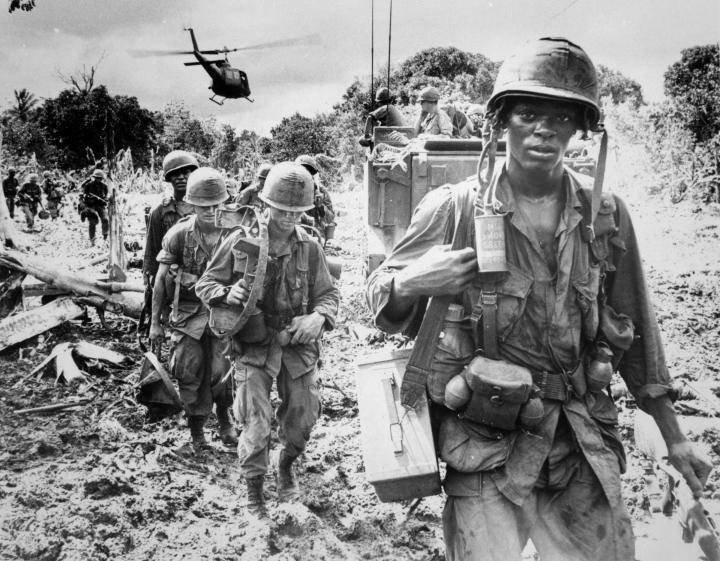
The Vietnam War officially ran from August 5, 1964 to May 7, 1975, so it was not just a few days but many years. An estimated 9,087,000 military personnel fought during the war.
Looking at some statistics put together by retired Sergeant First Class (SFC) David Hack, who volunteered for service in Vietnam in 1968, joining the 1st Infantry Division: A total of 58,148 military personnel were killed in Vietnam, 75,000 were severely disabled, 23,214 were 100% disabled, 5,283 lost limbs, and 1,081 sustained multiple amputations. Of those killed, 61% were younger than 21 years old, and 11,465 of those killed were younger than 20 years old.Of those killed, 17,539 were married, and the average age of the men killed was 23.1 years.
1. Cretaceous Tertiary (K–T) Extinction

For number one, we’re stepping as far back in time as we can. We will be going back 66 million years ago to an event known as The Cretaceous–Paleogene extinction event, which is also known as the Cretaceous-Tertiary or K–T extinction. This was one grey day when all of a sudden there was a mass extinction of 80% of the plant and animal species on Earth. Here’s what happened?
It is generally thought that the K–T extinction was majorly caused by the impact of a massive comet or asteroid about 6.2 to 9.3 miles (10 to 15 km) wide. Even though It’s hard for this theory to be inconclusively proven, there is a good amount of evidence to support it.
A huge crater 112 miles (180 km) in diameter was discovered buried beneath sediments of the Yucatán Peninsula near Chicxulub, Mexico, and has been dated to the right period. And a second smaller crater, which predates the one at Chicxulub by about 2,000 to 5,000 years, was discovered at Boltysh in Ukraine in 2002. Whatever exactly might have happened, maybe Noah’s ark or something as others claim, it was certainly one of the worst days in the history of the world.
So, what other bad days has the world had that we didn’t mention? Let us know in the comments. Thanks for reading, and as always, don’t forget to like, share and follow me.
Follow Us On facebook
Post Disclaimer
The opinions, beliefs and viewpoints expressed by the author and forum participants on this website do not necessarily reflect the opinions, beliefs and viewpoints of Anaedo Online or official policies of the Anaedo Online.

